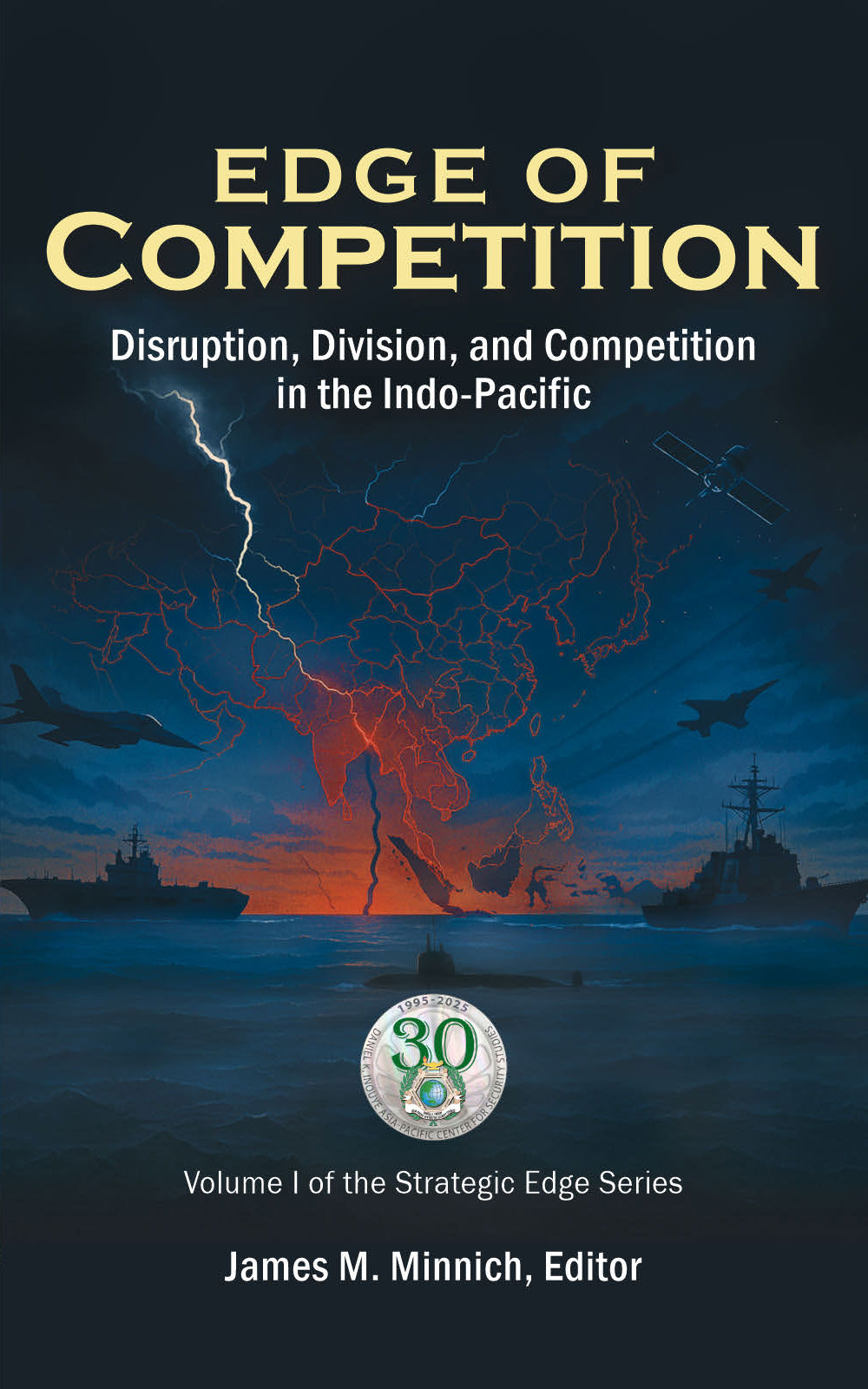Chapter 5
Terrorism after the Caliphate
Sam Mullins
Terrorism can never be accepted. We must fight it
together, with methods that do not compromise our
respect for the rule of law and human rights,
or are used as an excuse for others to do so.
— Anna Lindh, former Swedish Minister for
Foreign Affairs
The changes that have occurred in the global terrorism landscape during the last decade have been profound. The lightning-fast rise of the Islamic State in Iraq and Syria (ISIS) in 2014 caught the world by surprise, fueling a surge in transnational terrorist activity on a scale that had never before been seen. Tens of thousands of foreign fighters and their families from more than a hundred countries flocked to join the “caliphate” in Syria and Iraq, throwing the region into chaos and wreaking havoc around the world.
The international response was equally unprecedented, and in 2019, ISIS was militarily defeated by a U.S.-led global coalition of 86 countries and other entities united against the shared threat of terrorism. Since then, with the especially notable exception of sub-Saharan Africa, terrorist attacks worldwide have generally declined.
Yet it would be naïve to think that transnational terror networks have been permanently defanged. Despite the many setbacks they have had to endure, takfiri jihadist groups and their supporters have demonstrated remarkable resilience and adaptability, and there is no room for complacency.
This chapter explores how these groups have adapted in the Indo-Pacific, with a focus on South and Southeast Asia. It traces their evolution across four phases: the rise and fall of the caliphate (2014–2019), the post-caliphate (2019–2021), the Taliban’s return in Afghanistan (2021– 2023), and the ongoing Israel-Hamas war, beginning in late 2023. The chapter concludes with implications for Indo-Pacific counterterrorism (CT) strategies, emphasizing the need for agile, multifaceted responses that address both operational threats and underlying drivers of radicalization.







